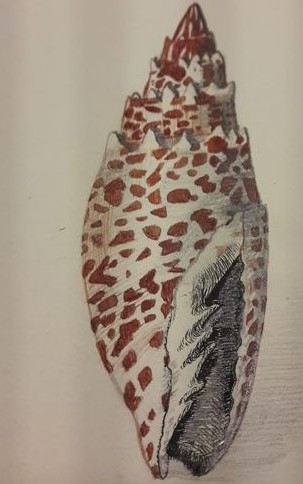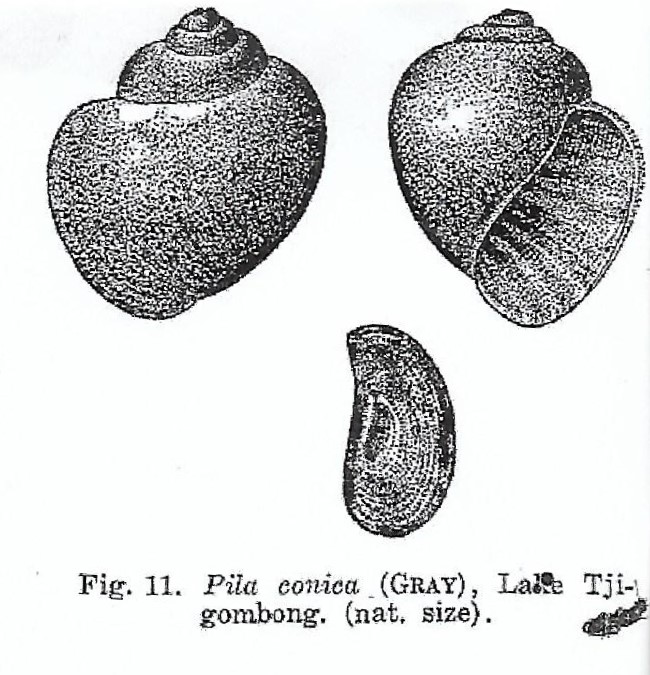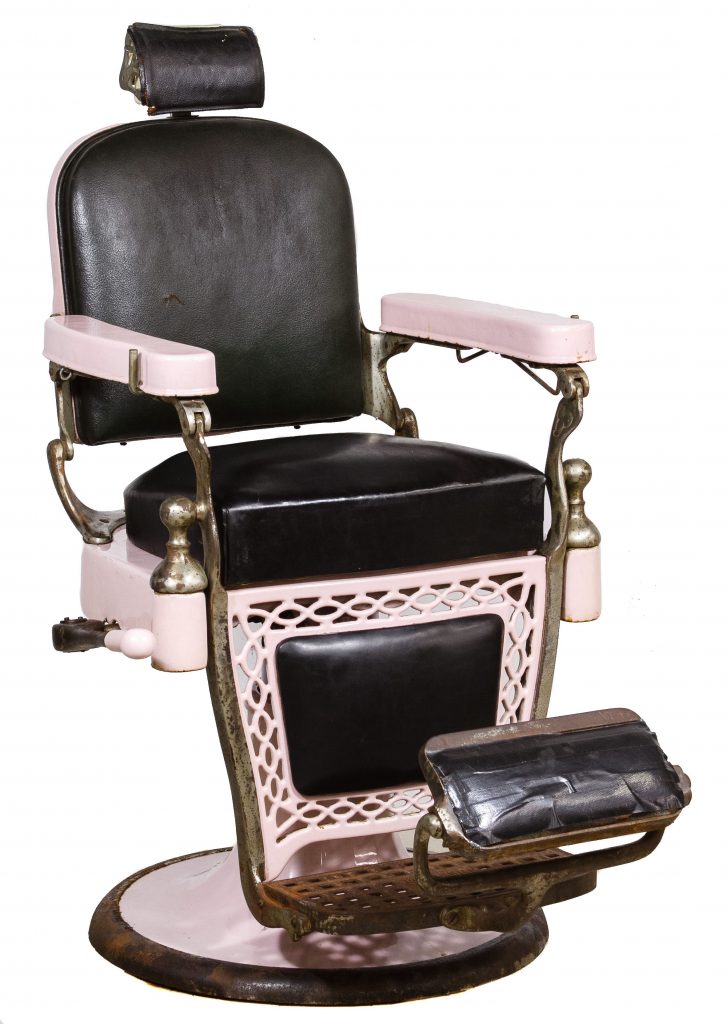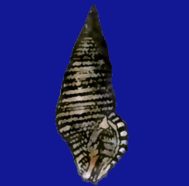The previous blogs were about the excursions, the fun and the outings. It would almost make you forget that Tera went to the Indies in the first place to work. And she does work. She writes in September 1930: The adventures of this week are not many and wonderful, I spent all those days in the museum working on the animals of the Dieng and Tjigombong. I already have a lot of observations and I’m currently putting some together for Treubia, this is the magazine of the museum.
In total, Tera will publish seven articles while she is staying in Buitenzorg. Publishing is important, it puts you on the map as a scientist, her father understands that well when he writes: I cannot recommend you enough to take every opportunity that arises to publish something.
Publishing is also difficult and a lot of work, having the knowledge and writing it down clearly is one thing, it’s another thing to ensure that there are good drawings, with clear measurements and correct names.

In the current age of computer-controlled three-dimensional photography, it is hard to imagine how much work went into making good scientifically sound drawings. During her studies Tera has already made quite decent drawings and the more sketchy drawings accompanying her articles she makes herself. (on the right a shell drawn by Tera. I would like to hear from the malacologically educated readers if they can name this shell).
But a good draftsman is worth gold and Tera has one: However, we have another boy who makes the neatest drawings, scientifically correct and also artistic, and he gets f15 per month. She thinks he is way underpaid for the work he does. This draftsman is Abdulkadir, whom Tera will also work with later, after the war. An additional problem with drawing is that the draftsman must be aware that if the drawing is printed, it will be printed in mirror image.

In addition to taking care of the drawings, proofs must be corrected and everything must be delivered to the printer in the correct manner. Without e-mail and DTP a much more time-consuming activity than today. Tera’s complete bibliography can be found on this website, in her lifetime Tera will publish over 200 shorter and longer articles over a period of 60 years, but with that we are getting ahead of things.
Her experience and her previous study trips also come in handy in the Indies when she writes:
I had a very busy week actually with everything and nothing. In the museum I played for the first three days of the week with the animals we had caught the previous Sunday in Warang Loa and Telaga Gadok (…) Furthermore, Dammerman is putting together a small manual for collecting sea animals for the people who are staying in some outpost and can search for animals to send to the museum. He had obtained a large number of data from Delsman’s laboratory from Batavia and now he asked me to look through this manuscript and to supplement it if necessary. That led to all kinds of rummaging through books and notes of sea work in Den Helder, Helgoland, Port Erin, Villefranche et cetera. I have added quite a few more because each of those stations has different methods and possibilities. Which shows how useful it is to take a look everywhere.
In the previous blog we already saw Tjibodas as a base for mountain trips and as a holiday resort, but Tjibodas is also and mainly used for working. For example, she goes up there for two weeks with two American ladies (whom she calls the misses) to work in the laboratory: Now about Tjibodas. I came here a week ago today, with the misses. We found the Boedijns there, with baby and Koolhaas with baby, so a house full, so that the noise and cheerfulness was everywhere. Not so nice for the misses, but it was over after 3 days when the families went down again. Now we are alone, fortunately the exclusively Japanese speaking Japanese will not come for the time being. I will go back on Saturday, the misses will stay even longer and then they will have to see how to get to the Gedeh and Pangerango together. I could use my time on Tjibodas way too well and there are hardly any animals on the top, I only go there for fun. The climate here is nice, you don’t need to sleep in the afternoon and after 12-1 o’clock you don’t get so dirty and greasy from the heat. In the morning we trudge through the forest, in the afternoon we go to the lab to work. I also have a lot of time to read, both scientific and otherwise.

It’s not all fun in the Indies. Tera has bad teeth. Oral care in the 1930s was not as extensive as it is today and when things went wrong, the treatments were also not very gentle. Fortunately, Tera is not very faint and so she writes to father: I’m getting treatment from the dentist again. He first fiddled with a tooth, which has troubled me since 1910 and has been filled numerous times. Now he X-rayed it for safety. Then he came to the conclusion that he could better pull the thing altogether, because the molar “swam in the pus”, tasty! Now it’s out, but the filthy hole is still being treated, which is much more annoying than the extraction itself. At the moment it contains a strip of dressing with Peru balsam, with the result that everything tastes like this obat (medicine): tea, fish, bread, cheese, everything with Peru balsam.
But no matter how painful and annoying, it helps, and so she writes in the following letter to father: My jaw is all right again. After having tasted delicious Peru balsam for several days, it was exchanged for no less delicious Iodoform and finally with iodine, so that it is thoroughly disinfected. Now the hole is closing on its own and I still need to rinse a bit with hydrogen peroxide, but I don’t have to come back again.
So much for the less appetizing side of existence. Next time we see that Tera will stay longer in the Indies and will move house.
